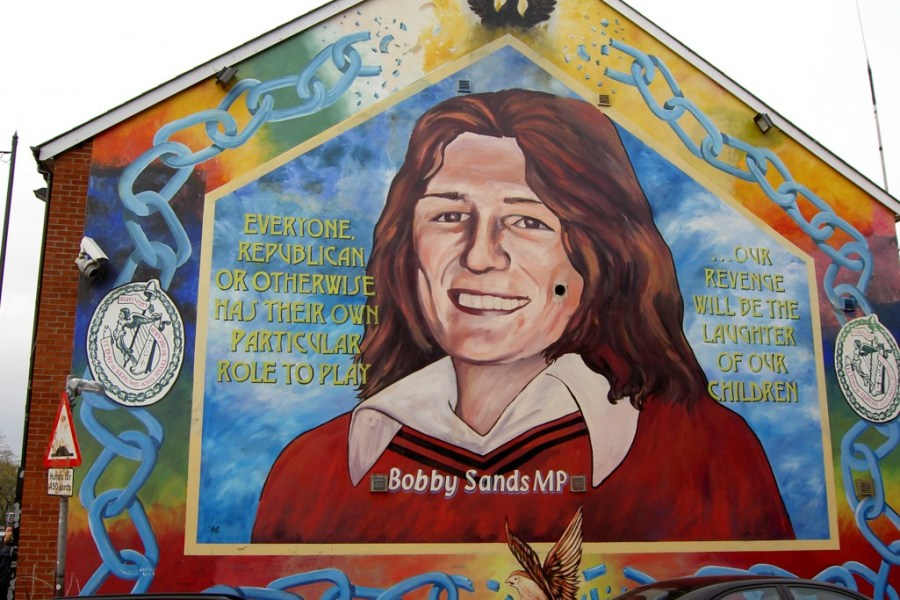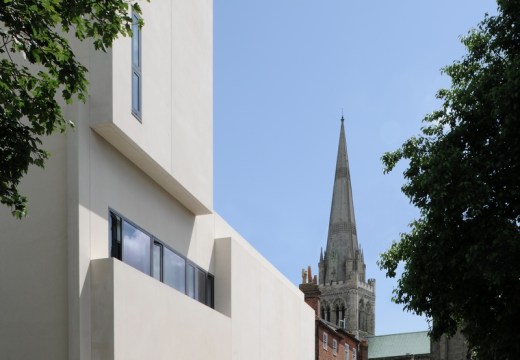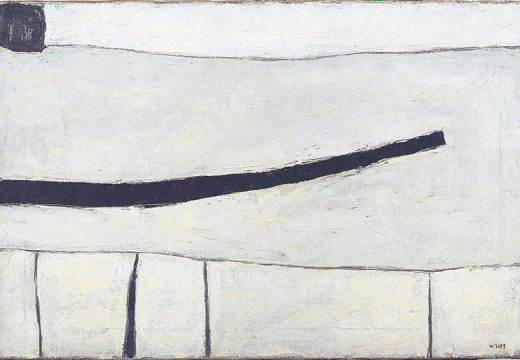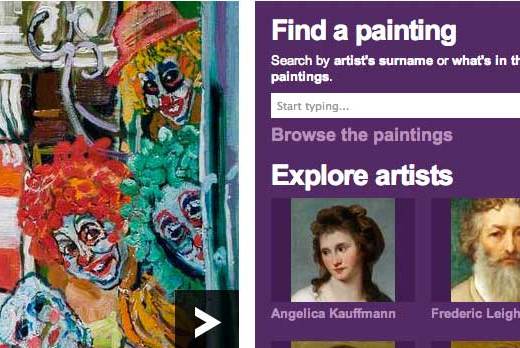From the November issue of Apollo: preview and subscribe here
Take a walk around Belfast’s Cathedral Quarter on the first Thursday of any month, and you could be forgiven for thinking you’d stumbled into the Edinburgh Festival. This is the evening that Belfast’s galleries stay open late into the night, and the streets are awash with party people, piling into pop-up exhibitions and wandering from show to show. Artists and liggers spill out of ad hoc studios – boozing, flirting, gossiping, all looking for the Next Big Thing. You’d never know this district used to be deserted after dark, or that for 30 years this city was the centre of what was virtually a civil war.
I first came to Belfast in 1994, shortly before the IRA ceasefire. That ceasefire led to the Good Friday Agreement in 1998: no more army checkpoints; no more soldiers on the streets. However, more than anything, it’s the mood that’s changed since then. It feels as if this battered city is waking up from a particularly unpleasant dream. The peace process has transformed Belfast, and the most vivid reflection of this transformation is in the visual arts. It reminds me of East Berlin after the Wall came down.
Like Liverpool and Glasgow (the cities it most resembles), Belfast has always been vibrant and creative, energised by its role as one of the British Empire’s greatest ports. Yet during the Troubles (a quaint euphemism for a violent conflict which cost several thousand lives), it was a city under siege. The city centre emptied every evening. Belfast was surrounded by a ‘ring of steel’, built to keep the bombers out. Since this security cordon was dismantled, the arts scene has taken off, and the Cathedral Quarter is its heart.
The hub of this new arts district is Hill Street, a narrow alley which meanders from the high street to St Anne’s Cathedral. At its heart is an eclectic arts centre called the Black Box. It’s a lively rendezvous, not just somewhere to see a show but a place for artists to meet and exchange ideas. Around the corner is the Metropolitan Arts Centre (aka the MAC), a shiny slab of basalt and glass. At its centre is The Permanent Present by Mark Garry, a memorial to Thomas Devlin, a local schoolboy murdered 10 years ago.
However, Belfast’s most distinctive contribution to the visual arts isn’t in any gallery. To see the city’s most powerful artworks you need to travel beyond the city centre, to west Belfast. The Falls Road is full of Republican murals; the Shankill Road is full of Loyalist ones. These brightly painted gable walls comprise a raw history of the Troubles, painted by the people at the centre of the conflict. This artistic tradition has also been shaped by the peace process: since the ceasefire, Republican murals have focused on cultural rather than paramilitary subjects. Loyalists have lately followed suit.
Back in 2000, I met up with muralists from both sides of this divide. Danny Devenny, a former Republican prisoner, and Noel Large, a former Loyalist prisoner, had agreed to appear together at Belfast’s Ulster Museum to talk about their art. It was the first time muralists from opposing sides had shared a stage. It was a fascinating debate, and meeting both men was illuminating. Back then the peace process seemed particularly precarious. This felt like an illustration of how artists can lead the way.
Since then Large has become a community worker, building bridges between Catholics and Protestants. Meanwhile Devenny has built a reputation as one of Belfast’s most important painters, on and beyond the gable walls. He’s made various murals with Mark Ervine, son of the late lamented Loyalist prisoner turned politician, David Ervine. Devenny’s artworks now explore all sorts of subjects, from politics to pop art.
I’ve been back to Belfast several times since the millennium, but last month was the first time in 15 years that I’d revisited the Shankill or the Falls. I recognised some of the older murals: patriotic paintings of King Billy on the Shankill; the memorial to Bobby Sands beside the Sinn Fein office on the Falls. Yet there were new murals that intrigued me: Nationalist murals addressing conflicts in other countries; a Unionist mural highlighting social inequality in Protestant AND Catholic Belfast. The ‘peace wall’ between these districts shows how far the city still has to travel, but the shifting focus of these murals hints that these two working-class communities (which have so much in common) may finally be edging closer together.
Click here to buy the latest issue of Apollo
Unlimited access from just $16 every 3 months
Subscribe to get unlimited and exclusive access to the top art stories, interviews and exhibition reviews.














![Masterpiece [Re]discovery 2022. Photo: Ben Fisher Photography, courtesy of Masterpiece London](http://www.apollo-magazine.com/wp-content/uploads/2022/07/MPL2022_4263.jpg)
Why are fathers so absent from art history?